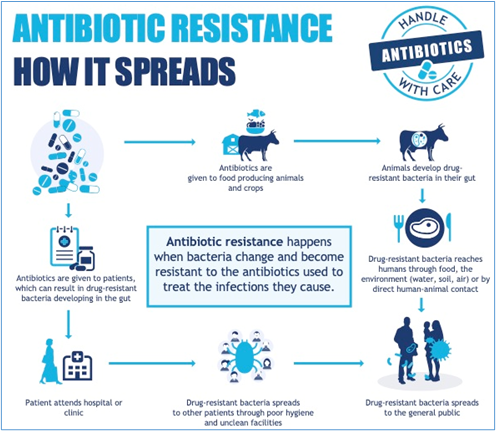PREVIOUS
INFAAR 2019-22 Report
March 18 , 2024
619 days
845
0
- FAO and ICAR published the surveillance data of the Indian Network for Fishery and Animal Antimicrobial Resistance (INFAAR) for 2019-22.
- This is the first report on antimicrobial resistance (AMR) surveillance trends in fisheries and livestock sector from India.
- Antibiotic use in food animal production is known to be a driver for AMR.
- In E coli isolates, the notable resistance was against cefotaxime (46 per cent) and ampicillin (41 per cent).
- Both S aureus and CONS isolates showed around 75 percent resistance to the penicillin.
- In addition, 41 of the total S aureus isolates (452) were found to be methicillin-resistant S aureus (MRSA), a drug-resistant variant of Staphylococcus.
- For both E coli and Staphylococci, isolates from poultry origin exhibited higher resistance rates for all the tested antibiotics as compared to all the other food animals.

Leave a Reply
Your Comment is awaiting moderation.


